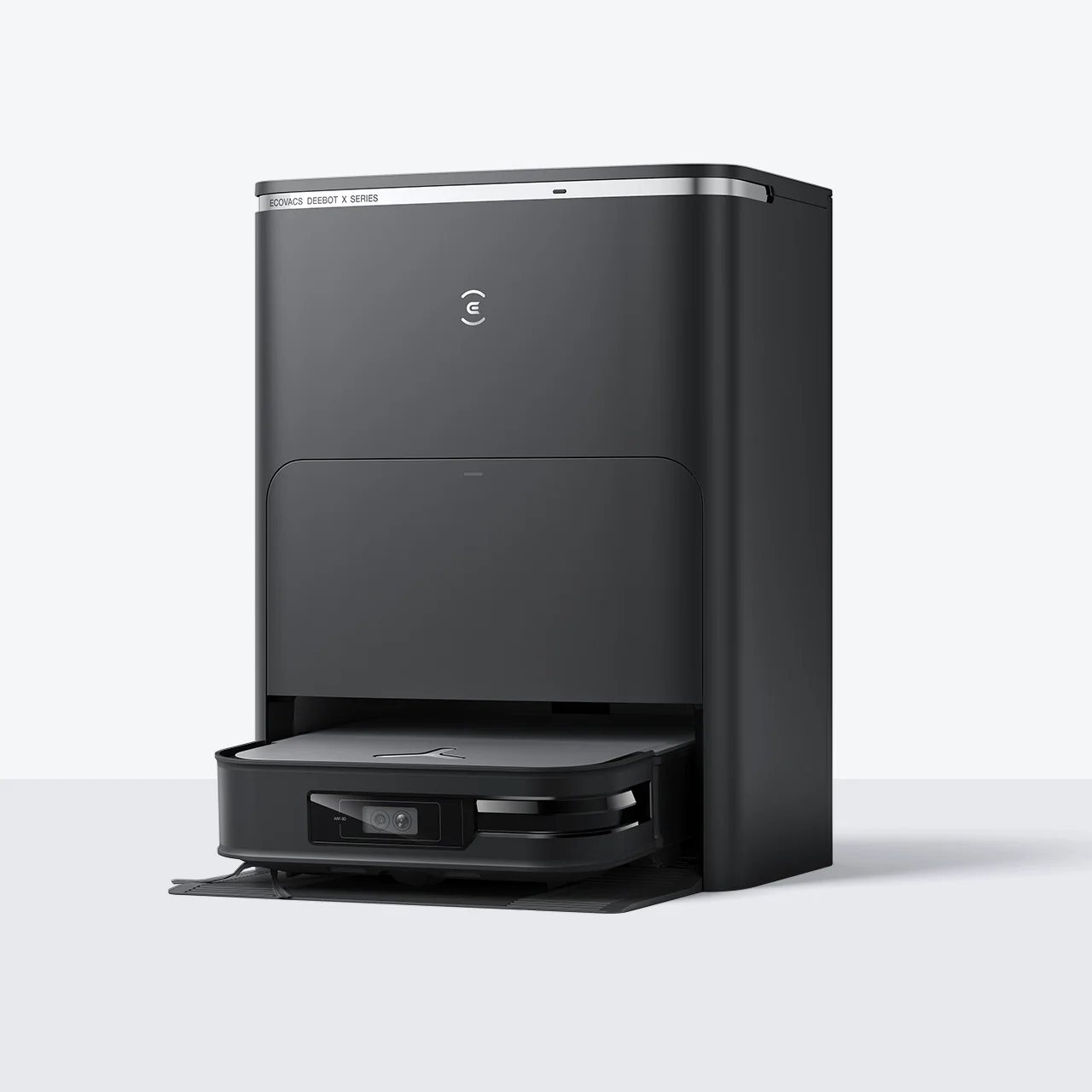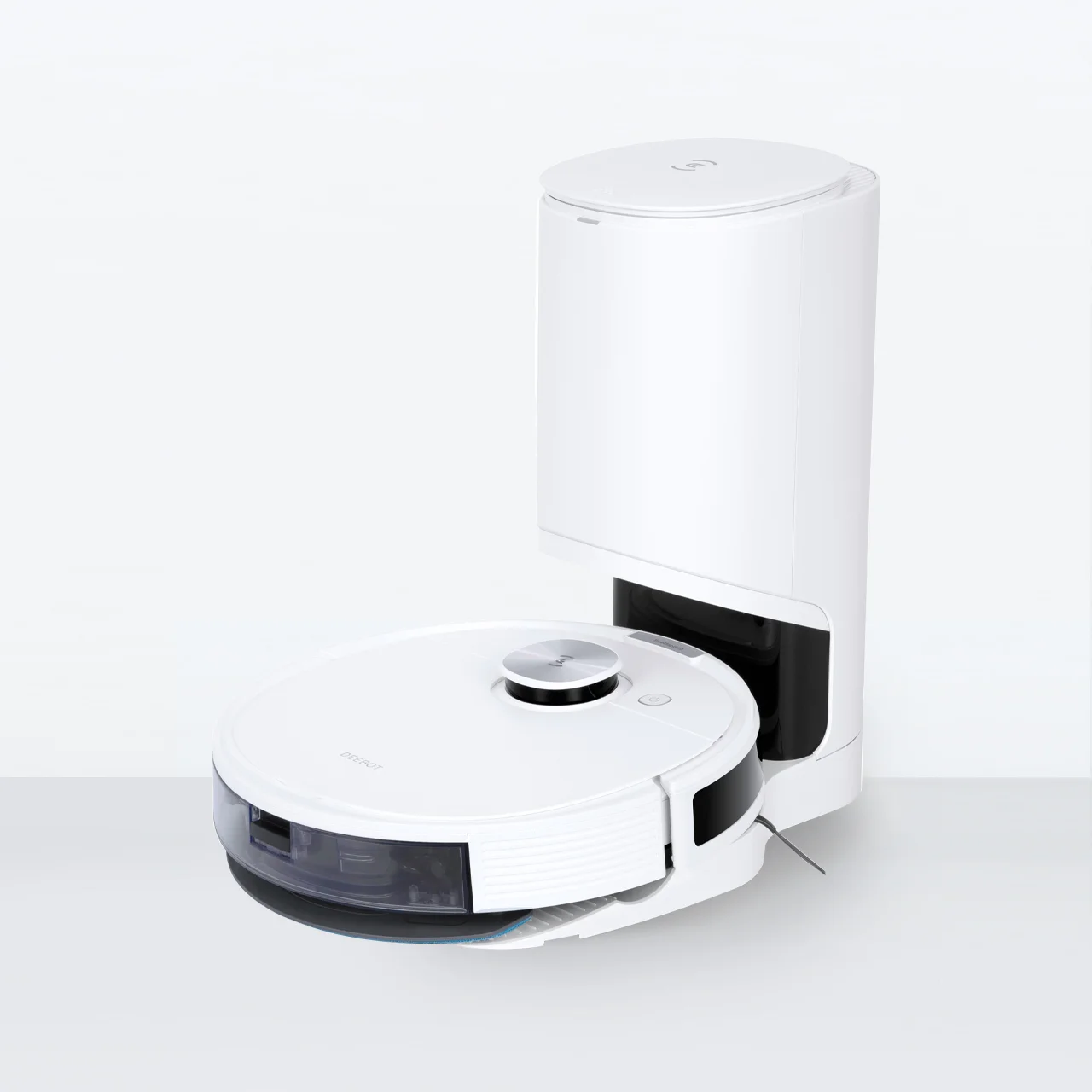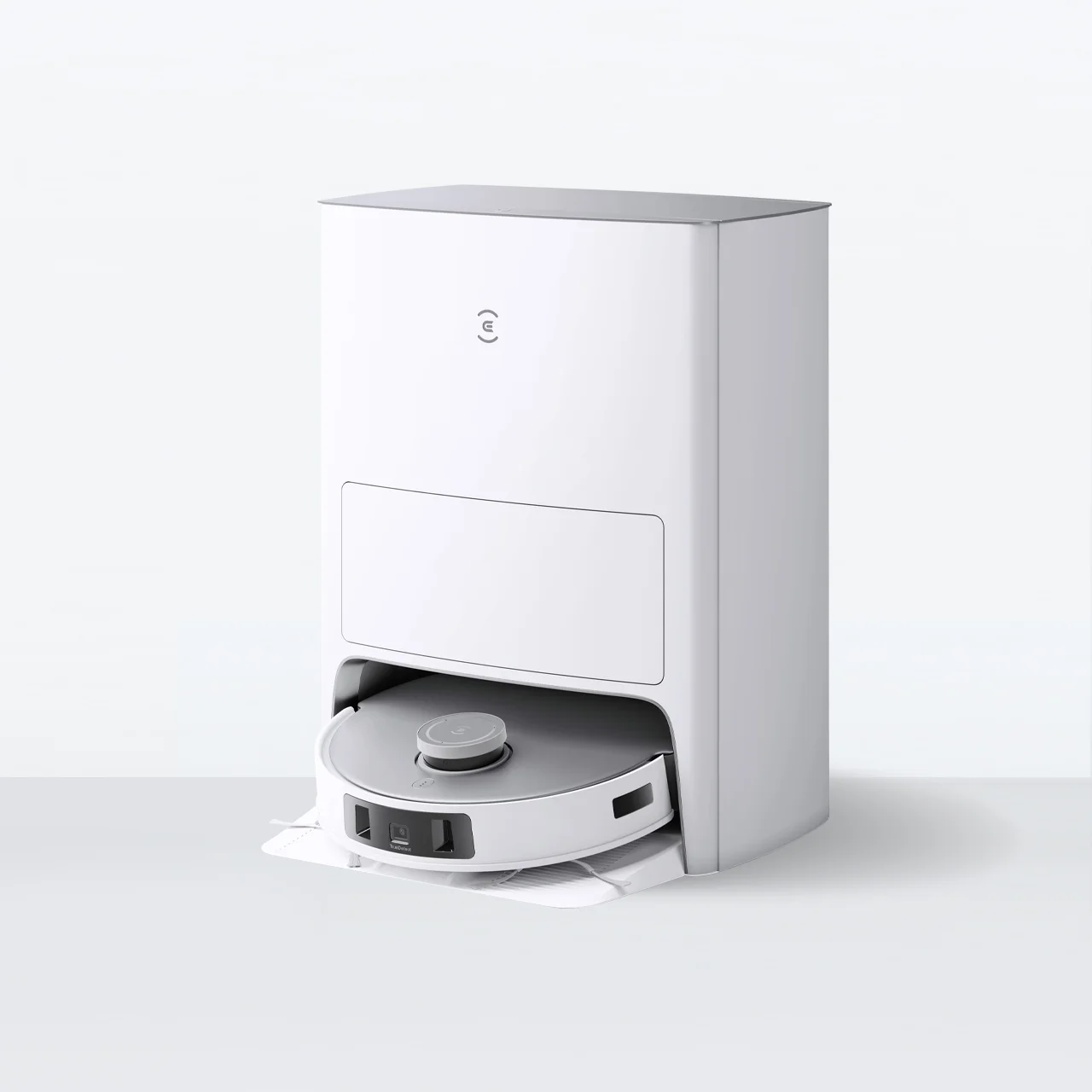
It would be great if all electronic devices were wireless; then we wouldn’t have to deal with the messy tangles of electric cords any more. But, at the moment, they are not, and most devices in the house need to be charged by a cord. Without proper organisation, cords pose a challenge for robotic vacuum cleaners – lying small on the ground, when a smart device runs over them, it can easily get tangled with the wheels and brushes. Eventually, this may lead to risks including getting stuck or damaging both the robot and the cordsthemselves.
To tackle the issue, auto vacuums like ECOVACS's DEEBOTs are equipped with technologies to navigate around these obstacles effectively.
Do Robot Vacuums Avoid Cords?

Yes, robot vacuum cleaners can avoid cords, thanks to advanced technologies designed to navigate and clean efficiently around obstacles.
Since the launch of robot vacuums, wires has been a challenge as they are low-profile and often lack the contrast for most navigation systems to recognise. For example, an extension cord lying on the floor may appear as a slight variation in the floor's shape, hence the device is more likely to roll over it. On the other hand, a white cable against a light carpet or floor will be more challenging for the robot to detect due to how colour affects light.
Luckily, technology has evolved. Powered by AI, modern features including sensor technology, obstacle detection, smart mapping, and sophisticated algorithms are now enabling automatic vacuum cleaners to skilfully avoid cords.
Robot floor cleaners are well-trained to recognize and avoid obstacles as small as cords. Using built-in cameras and obstacle detection algorithms, they can interpret different types of information, such as the distance between the robot and an object, creating a 3D image of the object and more. Our DEEBOT models, for example, features an innovative Artificial Intelligence and Visual Interpretation (AIVI), an obstacle recognition model that integrates AI algorithms into visual recognition to recognize up to 30 different types of obstacles1, including furniture and shoes, as well as cords. Robotic vacuum cleaners can see, think, and even learnfrom experience, improving their capability to avoid obstacles over time.
Smart mapping and navigation systems, such as the ECOVACS’ AINA model, scan surroundings and plan efficient cleaning routes. This not only ensures a thorough clean without missing spots but also helps the smart vacuum navigate around cluttered areas with cords andfind safe pathsto reduce the risk of entanglement. Even if the automatic vacuum is in motion and any objects, such as a cord suddenly dropped to the floor, appear, the auto vacuum can react instantly and constantly adjust its path.
Last but not least, to eliminate the chance of getting caught by cords, you can set virtual barriers or designate no-go zones within their app, blocking the robot floor cleaner from accessing areas with cords, further minimising the risk of entanglement.
Best DEEBOT Robot Vacuums For Avoiding Cords
Featuring cutting-edge navigation systems, mapping capabilities, and obstacle detection technologies, these are the best DEEBOT robot vacuums that avoid cords.
DEEBOT X2 OMNI
Our flagship model DEEBOT X2 OMNI is well-equipped to avoid obstacles, including cords. Its first-of-its-kind navigation module, Dual-Laser LiDAR, detects objects up to 10m away within a 210-degree view, thus increasing the detection probability for small objects like charging wires. AIVI 3D 2.0, with its advanced AI and machine learning, enables the vacuum to "learn" and "think" for precise obstacle avoidance. This combination of visual recognition and multi-sensor obstacle avoidance provides accurate detectionand strategic navigation around cords, ensuring a closer, uninterrupted clean. The model also uses the AINA model to enhance this capability, handling complex scenarios and smoothly avoiding cords.
Features to avoid cords:
● Navigation: Semi Solid State LiDAR
● Obstacle Avoidance: RGBD
Shop DEEBOT X2 OMNI NowDEEBOT T20 OMNI
DEEBOT T20 OMNI excels in avoiding cords through its progressive object avoidance technology. Equipped with the laser-based TrueDetect 3D, it identifies and steers clear of potential hazards like cords and small items with precision, allowing the model to clean close to objects without issue. Utilising the LiDAR technology and dToF sensors, technologies borrowed from aerospace and self-driving cars, the device provides exceptional coverage and accuracy. This means DEEBOT T20 OMNI can navigate efficiently around your home, avoiding cords with the accuracy of millimetre-level recognition, even in the dark, for a faster and more thorough clean without the risk of entanglement.
Features to avoid cords:
● Navigation:TrueMapping 2.0
● Obstacle Avoidance:TrueDetect 3D
Shop DEEBOT T20 OMNI NowDEEBOT N10 PLUS
Crafted with antibacterial care, long-lasting performance and auto dust collection features, DEEBOT N10 PLUS also efficiently avoids cords with its cutting-edge TrueMapping technology. Utilising an advanced LiDAR navigation system and dToF sensors, it generates precise maps for systematic cleaning paths. Its strong mobility performance allows it to navigate smoothly and easily recognise and traverse thresholds, which helps to avoid issues like keep stopping or getting stuck without human intervention. Furthermore, through the ECOVACS HOME app, you can set virtual barriers and designate no-go zones, completely blocking the robotic vacuum cleaner from accessing areas with messy cords.
Features to avoid cords:
● Navigation:TrueMapping 2.0
● Obstacle Avoidance:Bumper
Shop DEEBOT N10 OMNI NowConclusion
Do robot floor cleaners avoid cords? The answer is yes. Devices like DEEBOTs use advanced navigation, mapping technologies, and obstacle avoidance to dodge cords while delivering a comprehensive clean around your home.
Homeowners can further reduce the risk of entanglement by using cord organisers and removing cords from the floor before cleaning sessions. When choosing an automatic vacuum, consider models with superior navigation abilities and options for tangle-free brushes. This will determine if they can easily handle small objects like cords, ensuring a more efficient, hassle-free cleaning experience.
FAQ
Do robot vacuum get damaged by sucking up cords?
Yes, automatic vacuum cleaners can get damaged by sucking up cords, which may entangle their brushes or motors, potentially leading to malfunctions and the need for repairs.
Can robot vacuums detect and navigate around wires and cords?
Yes, auto vacuums can detect and navigate around wires and cords using advanced sensors, mapping technologies, and obstacle avoidance systems to prevent entanglement and ensure efficient cleaning.
What are the best ways to prepare a room for a robot vacuum to avoid cord entanglement?
To prepare a room for a robotic vacuum cleaner and avoid cord entanglement, use cord organizers, remove wires from the floor, and set virtual barriers or no-go zones for cluttered areas.
Disclaimer(s):
1. 30 types of obstacles: This data comes from ECOVACS laboratory.Related Products












